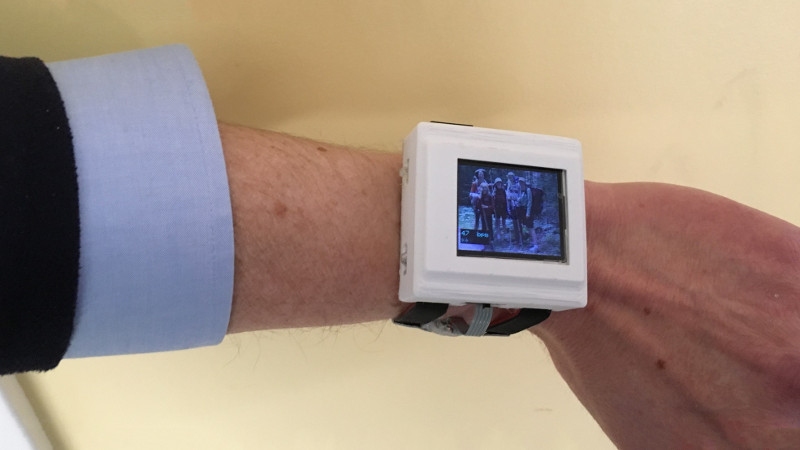The heart! A pump of the most fantastical kind, it is capable of operating for decades without rest. It’s responsible for supplying vital oxygen to the body’s subsystems, and can be readily monitored with modern technology. [Dave Vernooy] wanted to build a watch that could take heartrate and blood oxygen measurements – so he did.
Named Heartwatch, the device is a DIY smartwatch build with a bunch of exciting features. Heart monitoring is taken care of by the MAX30102 sensor which integrates all the hardware to sense heart rate and oxygen saturation into a single tiny plastic package. There’s then an assortment of accelerometers, gyros and even a color LCD to display all the wonderful information.
It’s all wrapped up in a 3D printed case, with an ATMEGA1284 running the show. The project just goes to show how much can be achieved with an 8-bit processor – there’s not always a need to run a high-powered ARM chip for an embedded project.
There are a fair few DIY smartwatch builds out there – like this classy unit with an OLED screen.
















“HEARTWATCH MONITORS YOUR TICKER”
Powered by Tickermaster.
Nice post looks familiar, thanks :-)
Occurs to add various scripts searching for sleep patterns re meditation/vivid/lucid dream states which could be correlated with intent – then you have the base for a form of Experimental Method to pursue a thesis re man machine interaction in respect5 of some aspects of bio feedback as it relates to health with one facet being heart rate changes during all sleep states. As I understand it there are many ways to process/interrogate the date for utility – the key is the feedback method in terms of either behaviour modification or suggestions for subsequent diet amendments and thus second order factors.
Cheers
Fun project!
Regarding the article “there’s not always a need to run a high-powered ARM chip for an embedded project” certainly correct somethings can be done with a handfull of transistors, some require a supercomputer. Regarding a small device and regarding low power requirements AND regarding the required footprint of the components… in the end it all comes down that what you’ll have lying around in your parts-bin. And it will be most likely the part you are already familiar with. In most cases that isn’t the ideal part for the project and in most cases it doesn’t really matter. As long as it does the job and as long as it all fits… who cares. You’ll get smart-ass comments anyway (like: what… no arduino… no 555… could have done that with a propellor chip… hmm I always used a 6502…nehh… a Z80…nope I always use an ARM…)
Again… fun project and an informative/interesting website, thanks for sharing.